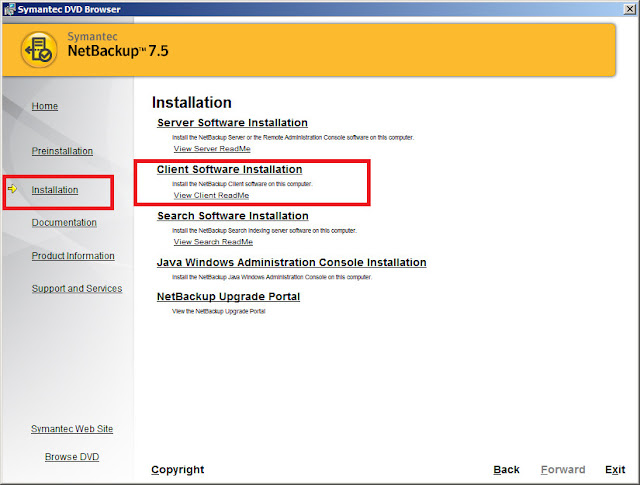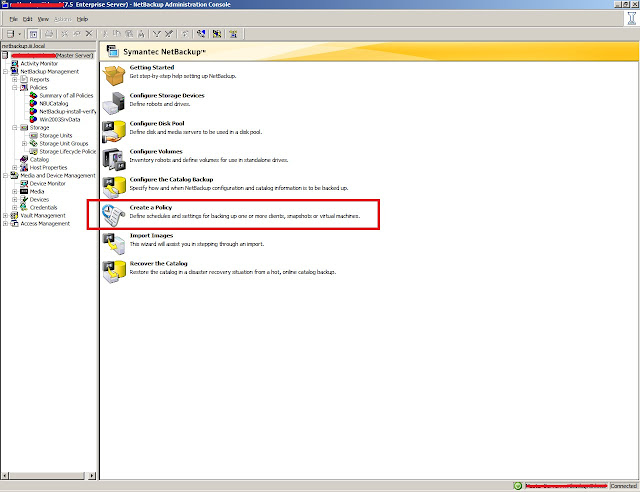#NetBackup interview Questions and Answers. I just described the answers as per my knowledge in a short term, if you need more details information you can go with Veritas.com for FAQ or help documents. You can find more detailed.
1. What is User Backup,User Archive & How to take?
Ans: User initiated backup from Backup Archive and restore window of the client interface. it backs up all the files that user specifies.
User Archive : user will take a backup , once backup is successful then the data from clients disk will be deleted and freed.
1. What is User Backup,User Archive & How to take?
Ans: User initiated backup from Backup Archive and restore window of the client interface. it backs up all the files that user specifies.
User Archive : user will take a backup , once backup is successful then the data from clients disk will be deleted and freed.



























